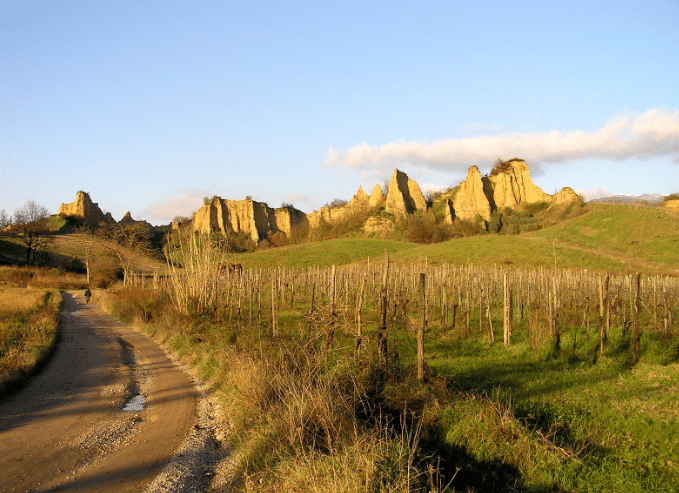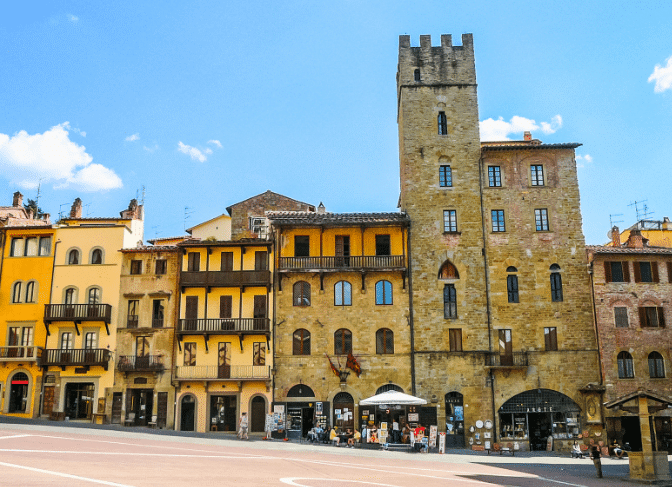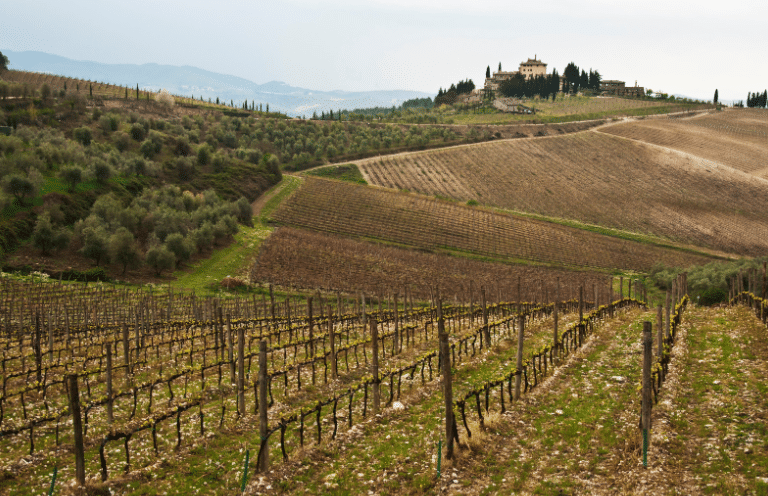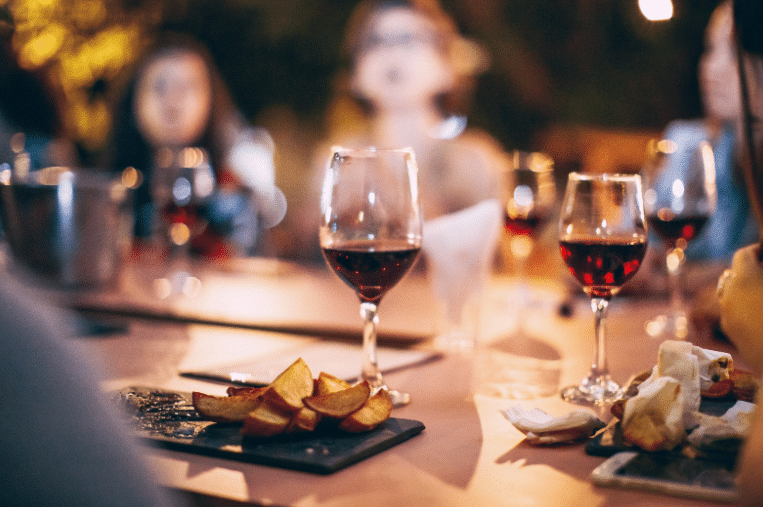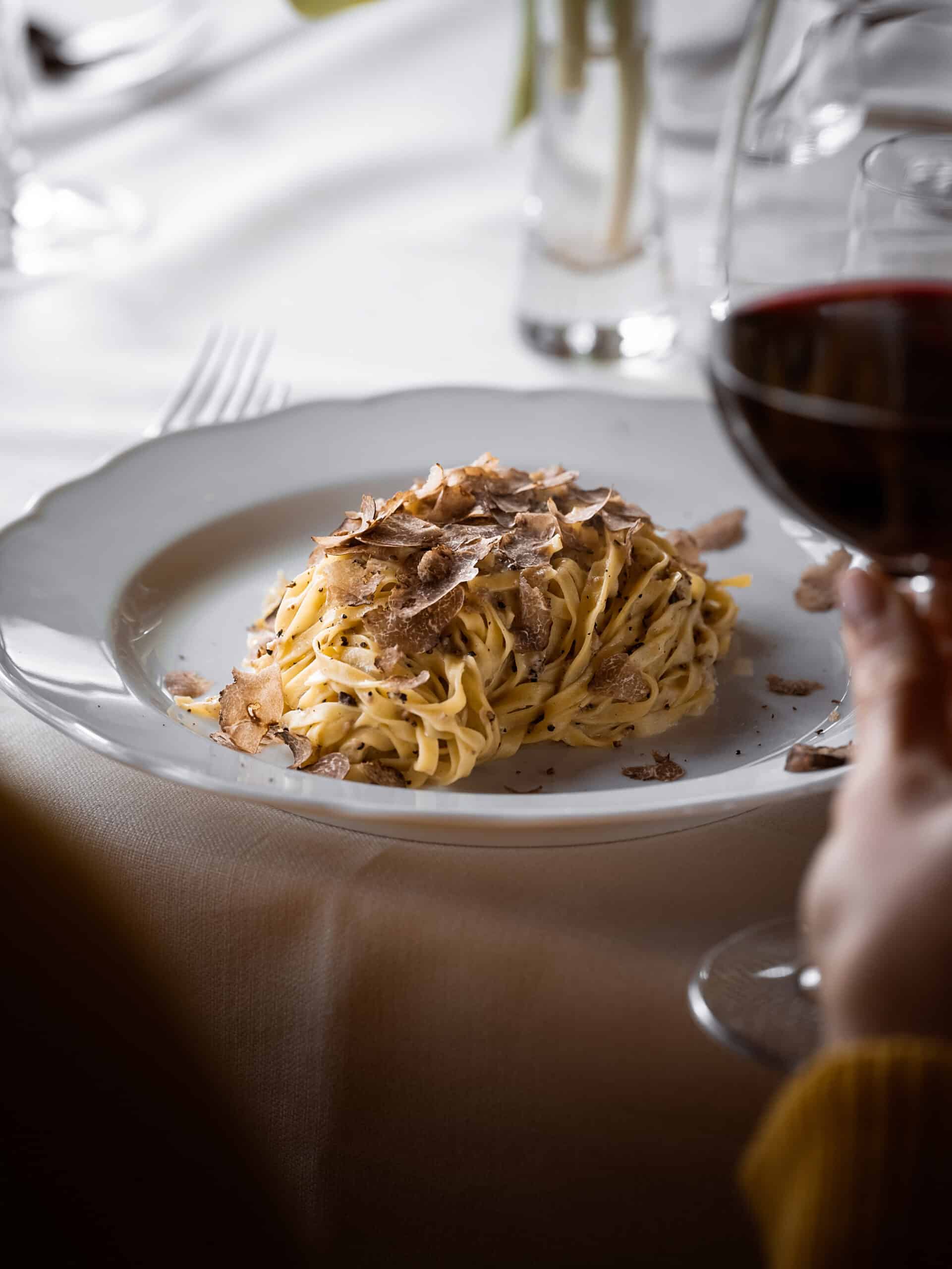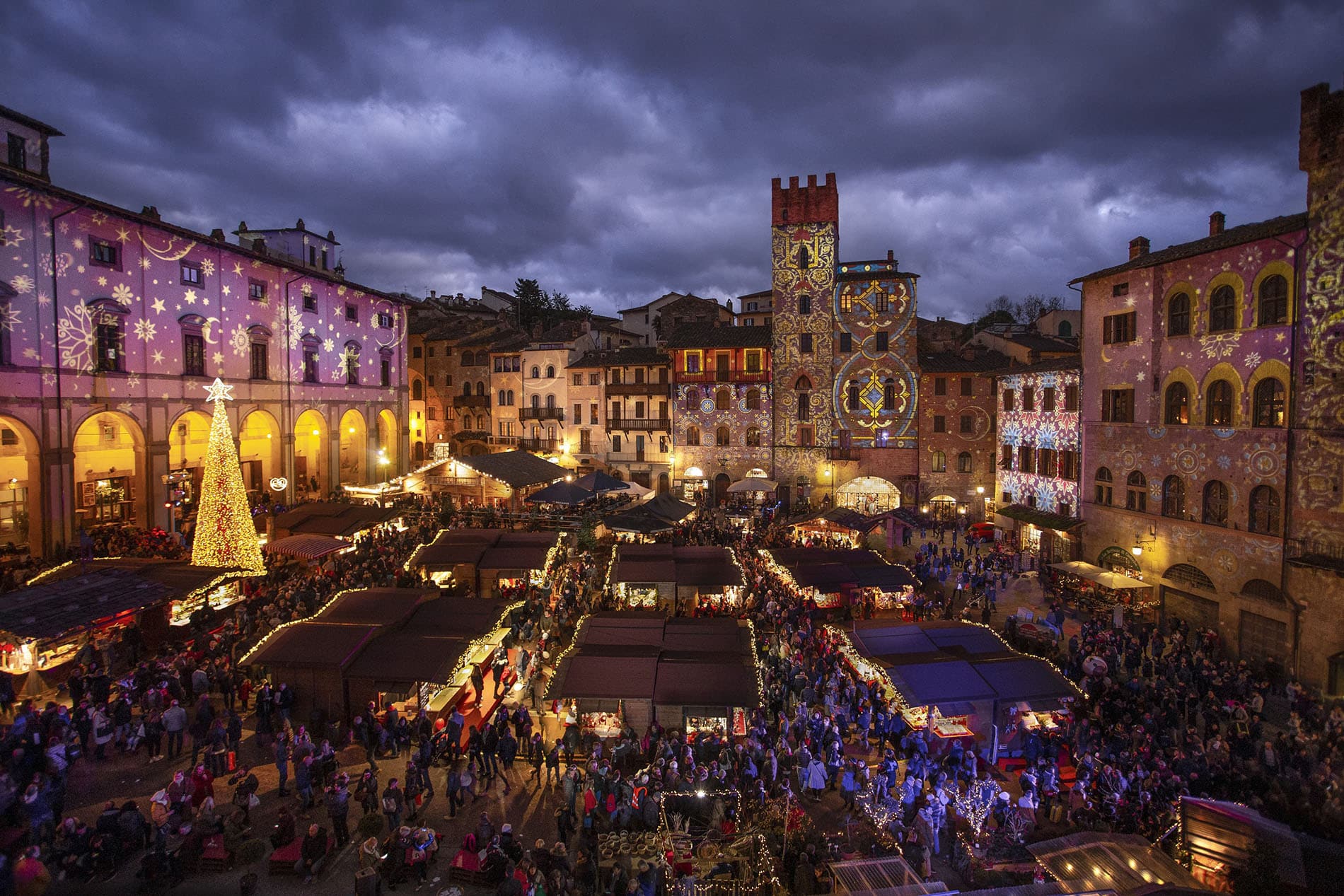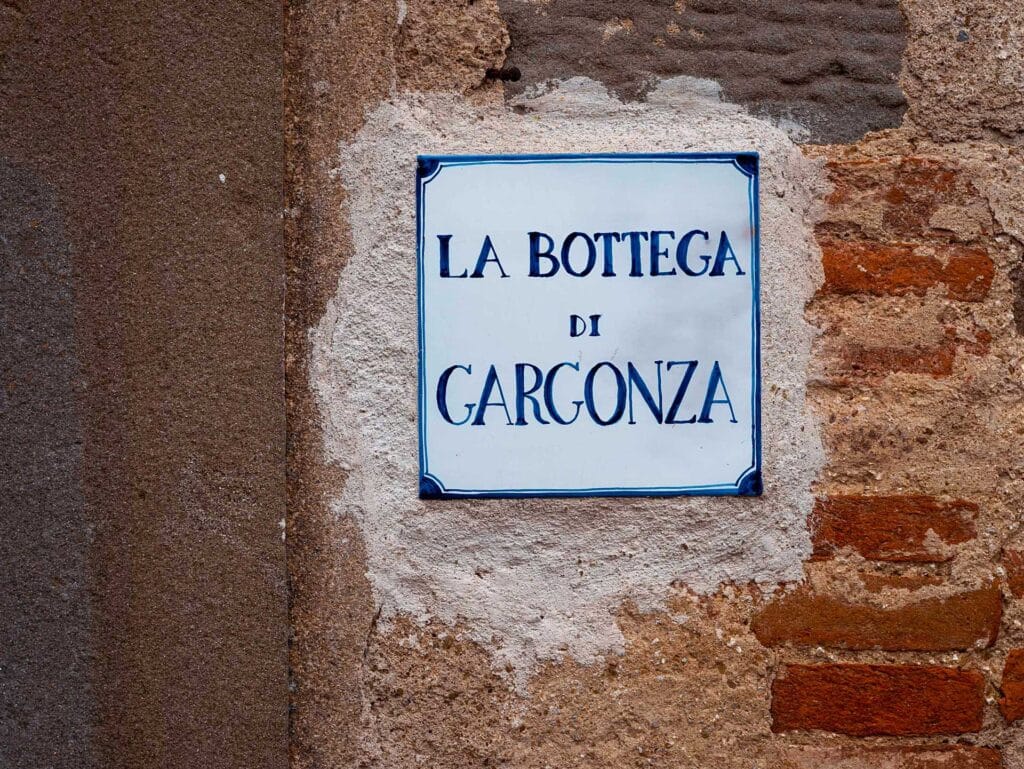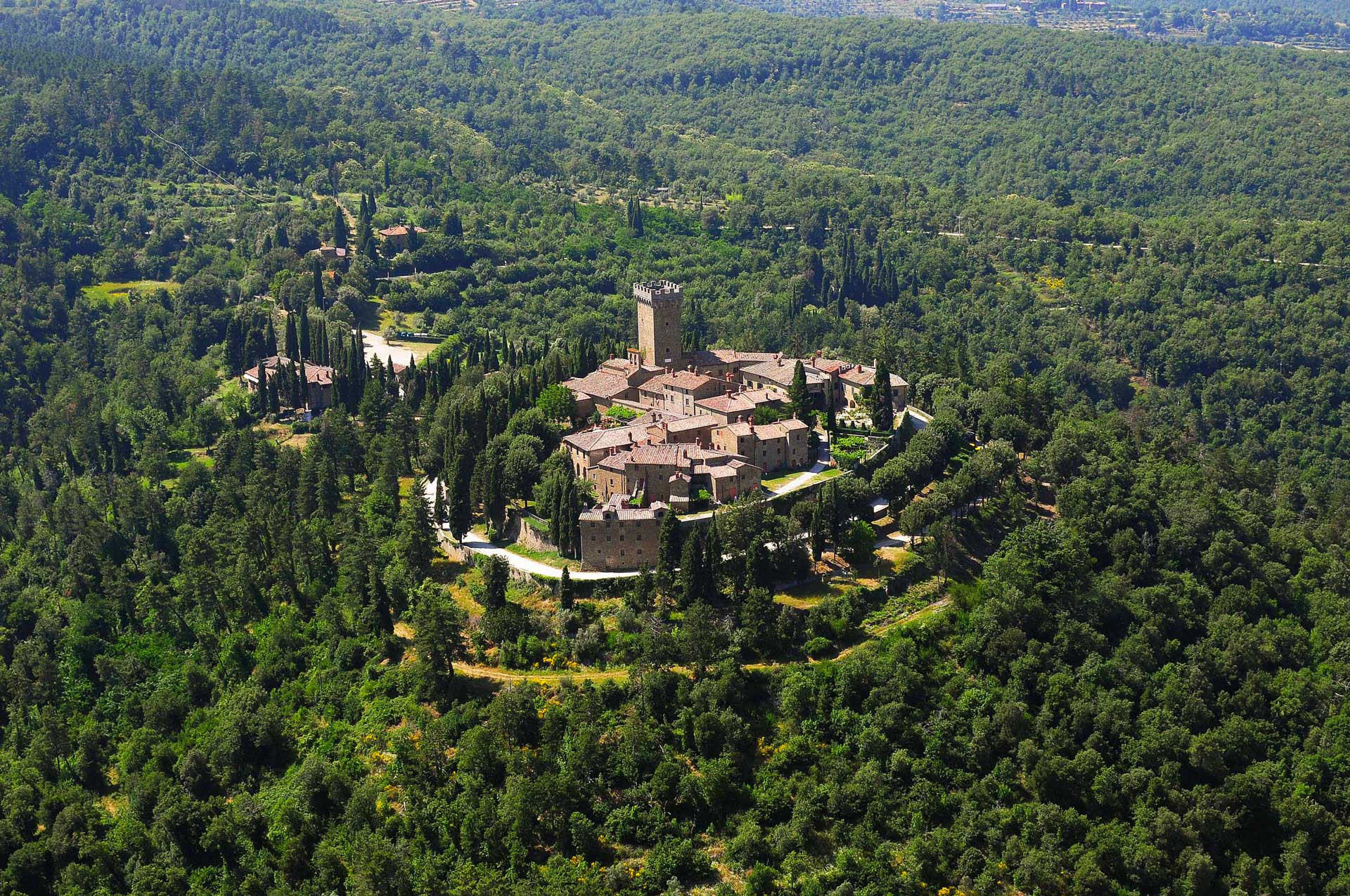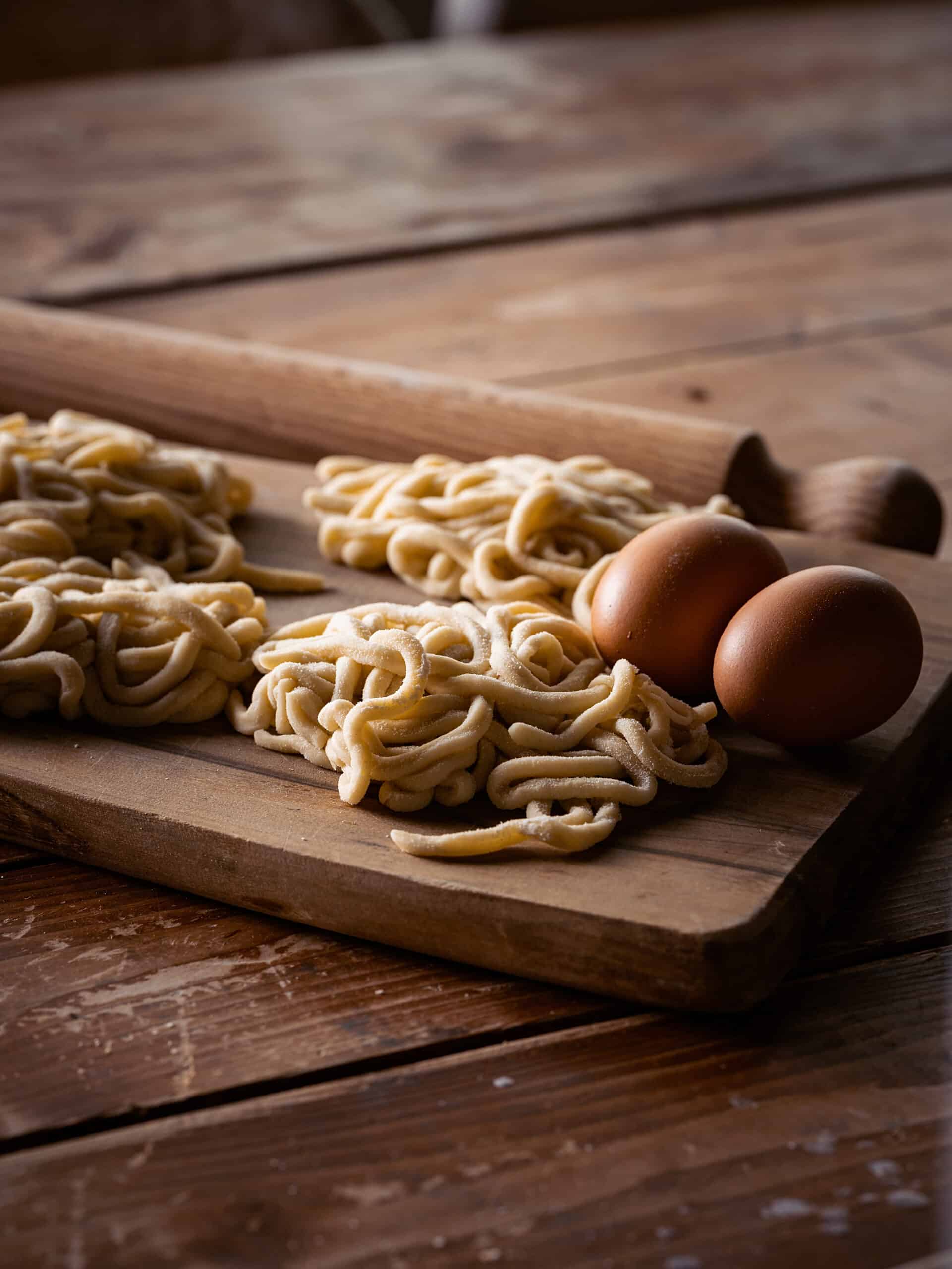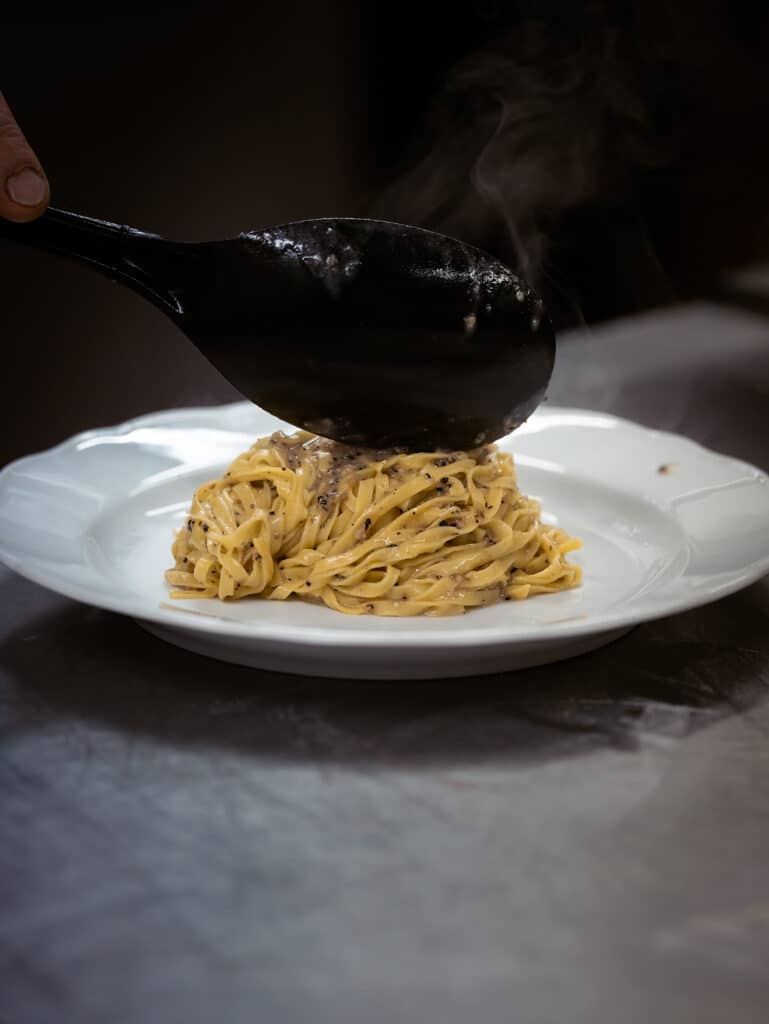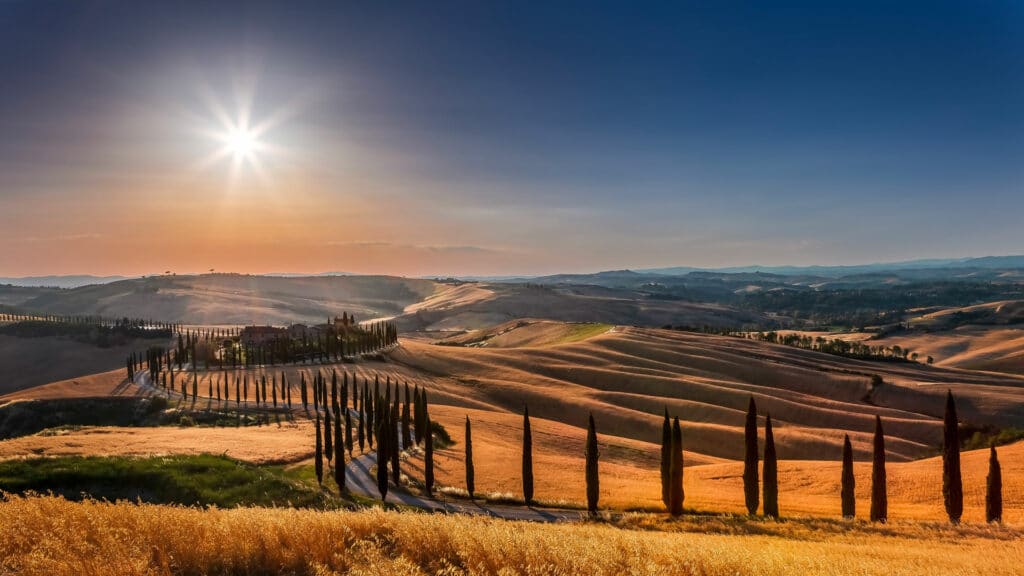The Valdarno is a geographical area of Tuscany that stretches between the Province of Arezzo and the Metropolitan City of Florence. This valley, traversed by the Arno River, is rich in history, culture, and picturesque landscapes.
Here are 10 must-visit places.
1. Gargonza Castle
Let’s start by exploring our characteristic village and castle, where you can spend an unforgettable stay. Gargonza is indeed a perfectly preserved medieval castle, located on a panoramic hill that offers guided tours, wine tastings, and typical product tastings, as well as events and weddings.
2. Vallombrosa Abbey
A millennium-old abbey immersed in a forest of firs, an important place of worship and spirituality that houses a library with precious ancient manuscripts. Founded in the 12th century, this abbey is nestled in the lush nature of the Casentino Forests National Park. In addition to the beauty of the building itself, visitors can enjoy wonderful walks in the surroundings and admire the tranquility of the place.
3. Santa Maria in Alpe Nature Reserve
An oasis of peace and unspoiled nature, ideal for walks, trekking, and picnics. The reserve is home to a rich variety of flora and fauna.
4. The city of Arezzo
Arezzo: a city rich in history and art, with a well-preserved medieval old town. Don’t miss the Santa Maria Parish, the Cathedral, and the Vasari House.
5. Ponticino
A medieval village located on the Arno River, famous for its Romanesque bridge and artisan shops. Ponticino is the ideal place for a stroll and to enjoy typical Tuscan cuisine.
6. The Masaccio Museum
Located in Arezzo, this museum houses works of art by the famous Renaissance painter Masaccio, who was originally from the Valdarno region. It is an ideal place for art lovers who want to learn more about the work of this important Renaissance master.
7. San Pietro a Gropina Parish Church
This Romanesque parish church is located near Loro Ciuffenna and represents one of the finest examples of medieval religious architecture in the area. The interior of the church is adorned with frescoes of great historical and artistic value.
8. The characteristic village of Loro Ciuffenna
Imagine a village where time seems to have stopped when water energy was still used. Here, at the foot of the Pratomagno, the Ciuffenna river still turns the blades of a mill built on a boulder. It is one of the oldest functioning water mills in Tuscany, and the only one remaining of the 14 mills along the river. Dating back to the year 1000, it is still used for the production of wheat, corn, and chestnut flours.
Loro Ciuffenna – one of the “Most Beautiful Villages in Italy” – revolves around this mill and the civic tower whose clock has marked the days of the locals for centuries. A stone Romanesque bridge, called the old bridge, connects the two banks of the river. A pleasant walk can be taken along the streets and walkways that run alongside the flowing water, with a familiar atmosphere in this small rural center surrounded by woods.
In summer, the particularly cool river water is a destination for many seeking relief from the heat.
9. The Pratomagno Park
This mountainous massif offers spectacular panoramic views of the Valdarno and the surrounding mountains. It is the ideal place for hiking and trekking enthusiasts, with a network of trails that wind through forests, alpine meadows, and ancient villages.
10. The cliffs of the Valdarno
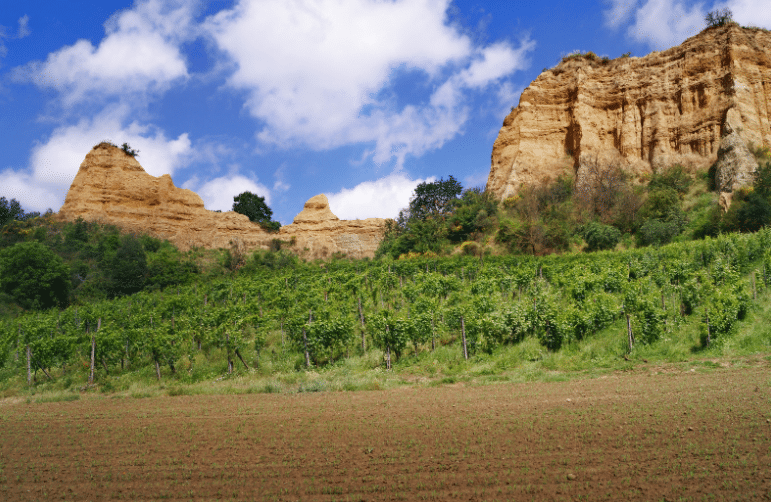
Not everyone knows it, but there is a part of Tuscany that seems twinned with Arizona. In the upper Valdarno (particularly in the municipality of Reggello), there are rocky peaks, pinnacles that can reach heights of 100 meters, and deep gorges: the clayey rock formations known as the Cliffs of the Valdarno create unusual and fascinating views that you would expect to see on a journey to discover the Grand Canyon in the American parks.
Also called “smotte,” the cliffs in this area are a characteristic geotope and represent a natural spectacle that amazes anyone who witnesses it: Leonardo da Vinci was so fascinated by them that he captured the unique aspects of this landscape and used them as a backdrop for his most famous work, the Mona Lisa.
The Cliffs not only provide a spectacular scenic backdrop but also a habitat of unique naturalistic value protected by the Locally Protected Natural Area.
The Zolfina stream trail is one of the hiking trails that allows you to better admire the spectacle of the Cliffs. It is an easy loop route that starts and ends in one of the Most Beautiful Villages in Italy, Castelfranco di Sopra, and takes its name from a Zolfine water source touched by the route. The valley has the typical tones of the Tuscan countryside, with orchards and vineyards. Midway through the route, you will encounter a road that leads to the small and delightful hilltop village of Piantravigne.
In addition to these must-visit places, the Valdarno region offers many other attractions, such as medieval villages, Romanesque parish churches, castles, and villas. The area is also renowned for its production of Chianti wine and its typical cuisine.
